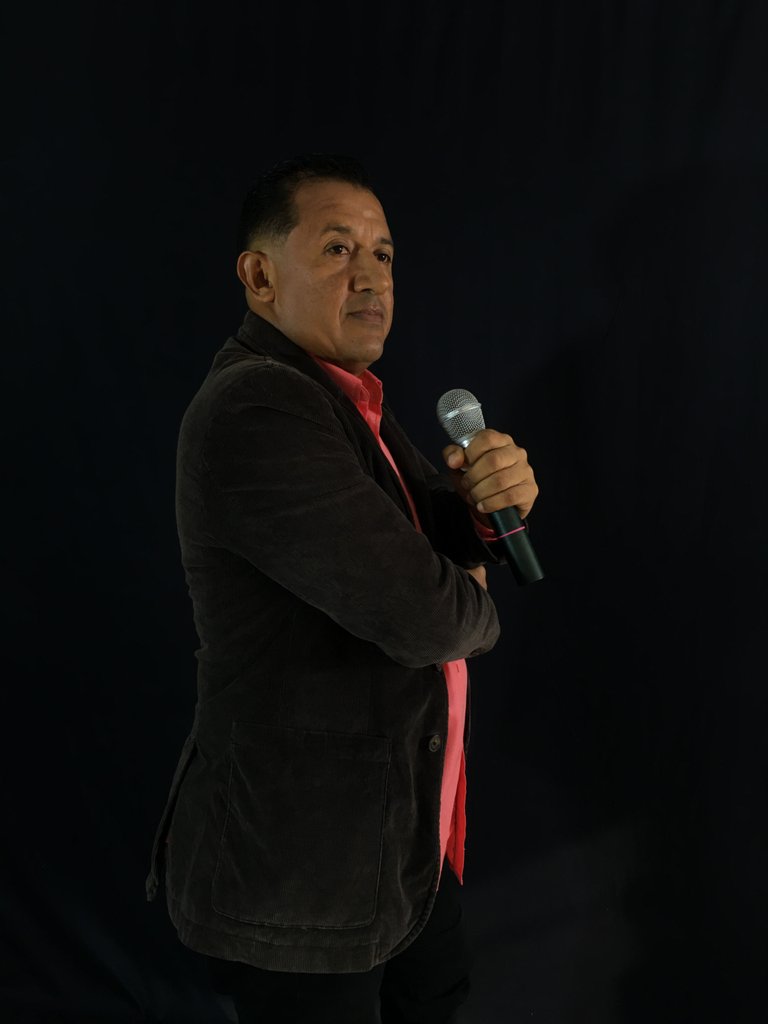El orador contemporáneo es sin duda un artista cercano al público, extrovertido y expresivo, capaz de romper la llamada cuarta pared al utilizar eficazmente las redes sociales y la tecnología, preparado para transmitir conceptos, experiencias e ideas con eficacia gracias a su extraordinaria capacidad para conectar con las emociones de quienes lo escuchan.
De allí, que esta oratoria se caracterice por seis principios, los cuales buscan darle plenitud al mensaje, humanidad al artista y ganancia al público: - Emoción. - Humanidad. - Concisión. - Sencillez. - Elegancia. - Ética
Entiendo que en un momento de la historia donde lo humano está entre dicho, lo ético perdió impacto y los discursos vacíos abundan, referir estos principios suena más a inocencia que a criticidad, pero ello no anula, la importancia que tienen para que nuestros mensajes sigan siendo positivamente transformadores, necesitándose para ello intención, conciencia y dominio, no solo del qué diremos y por qué lo haremos, sino el cómo.
Es por ello, que debemos seguir toda una estructura que permita y favorezca desarrollar estos seis principios, siendo la propuesta clásica la de mayor eficacia, por cuanto favorece el orden, la sencillez y la comprensión comunicativa, beneficios inmediatos que el orador contemporáneo sabe aprovechar y utilizar para alcanzar el impacto establecido.
Esta estructura consiste en nuestras intervenciones en tres partes, siguiendo las pautas que Aristóteles nos legó, las cuales debemos entender como Inicio o introducción, desarrollo o cuerpo y cierre o conclusión, donde cada uno tiene una finalidad propia.
- El Inicio o introducción: Captar la atención del público. La importancia de la introducción se fundamenta en el efecto primacía.
- Cuerpo o desarrollo: Lograr mediante un proceso estructurado la persuasión del público
-Cierre o conclusión: Posicionar al orador y su mensaje en la mente del público. La importancia del cierre obedece al efecto recencia.
Recuerda que la estructura por sí sola no es mágica, pero sin ella perdemos la magia.

The three parts of the speech
The contemporary speaker is undoubtedly an artist close to the audience, extroverted and expressive, able to break the so-called fourth wall by effectively using social networks and technology, prepared to transmit concepts, experiences and ideas effectively thanks to his extraordinary ability to connect with the emotions of those who listen to him.
Hence, this oratory is characterized by six principles, which seek to give fullness to the message, humanity to the artist and profit to the audience: - Emotion. - Humanity. - Conciseness. - Simplicity. - Elegance. - Ethic.
I understand that at a time in history where the human is between said, the ethical lost impact and empty speeches abound, referring to these principles sounds more innocent than critical, but this does not cancel the importance they have for our messages to remain positively transformative, requiring intention, awareness and mastery, not only of what we will say and why we will do it, but how.
That is why we must follow a structure that allows and favors the development of these six principles, being the classical proposal the most effective, since it favors order, simplicity and communicative comprehension, immediate benefits that the contemporary speaker knows how to take advantage of and use to achieve the established impact.
This structure consists in our interventions in three parts, following the guidelines that Aristotle bequeathed us, which we must understand as Beginning or introduction, development or body and closing or conclusion, where each one has its own purpose.
- The beginning or introduction: To capture the audience's attention. The importance of the introduction is based on the primacy effect.
- Body or development: To achieve through a structured process the persuasion of the audience.
- Closing or conclusion: To position the speaker and his message in the audience's mind. The importance of the closing is due to the recency effect.
Remember that structure alone is not magic, but without it we lose the magic.

Banner elaborado en PSD con fotos propias y logo de IAFO
Logo redes sociales
Traductor Deepl
Imágenes utilizadas anteriormente en redes sociales


